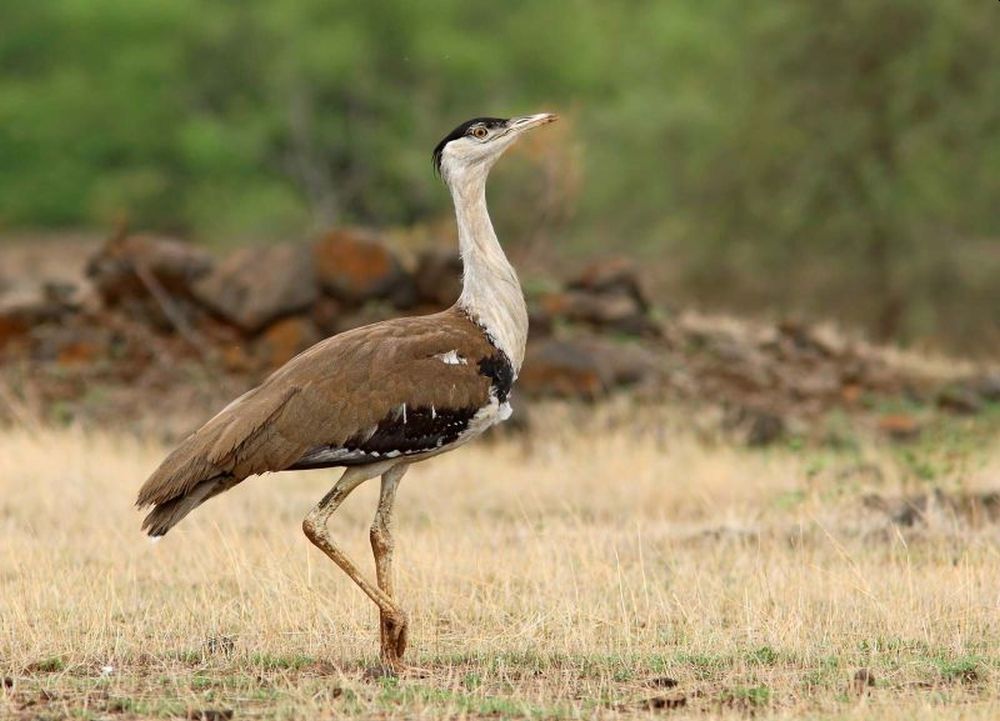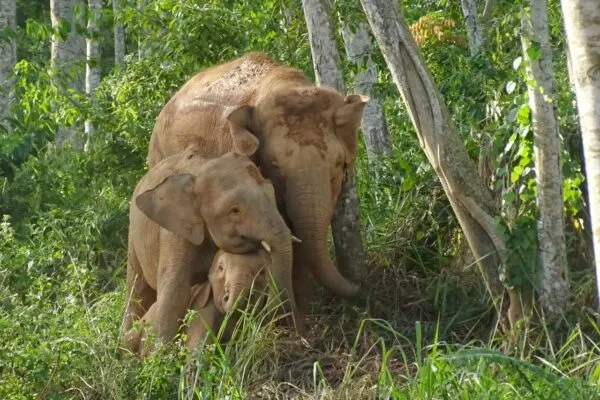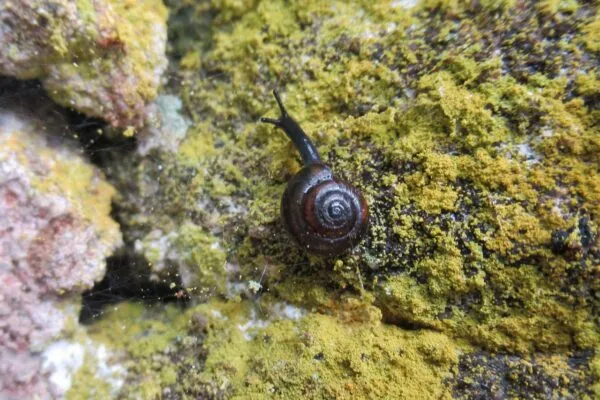Flap-Like Diverters Installed on Live Wires to Protect Great Indian Bustards
The critically endangered Great Indian Bustards are beautiful birds, but they have been facing existential threats from various anthropogenic activities. In an initiative to protect the endangered bird, the Wildlife Conservation Society India (WSCI) is installing flap-like diverters on live wires to protect Great Indian Bustards. The WSCI is installing 1,848 flap-like bird diverters on high-tension wires along a 6.5 kilometre stretch in Pokhran, Rajasthan.
The flap-like bird diverters called “Fire Fly”, are being installed as part of a pilot project over a selected stretch opposite the Pokhran Field Firing Range, which offers a safe habitat to a breeding population of Great Indian Bustards outside the Desert National Park (DNP) Sanctuary in Jaisalmer.
When you see the diverters from a distance, they look like a string of fireflies perched on the wires. Basically, the diverter is a 6-inch-long and 4-inch-wide flap clamped on the wires and suspended in the air. These clamps rotate with the wind and are radio-painted. They are visible from around 50 metres away.
Said Anil Kumar, associate, WCSI.
According to a report submitted to the National Green Tribunal by the wildlife division of the Ministry of Environment, Forests and Climate Change; collision with live high-tension wires is the prime reason for mortality among Great Indian Bustards, with as many as 15 percent of their deaths accredited to the cause.

WSCI is installing flap-like diverters on live wires to protect Great Indian Bustards | Image: Britannica
Great Indian Bustards are large birds with distinctive black caps over their heads and are found in the Indian subcontinent. Apparently, they are the heaviest flying birds in India, and are protected under the Wildlife Protection Act. There are only 159 of them are left in the country.
As these birds are quite heavy and have limited frontal vision, they find it complex to change their course of flight quickly even if they spot a live wire. Fire Fly diverters are the first such diverters to be installed in the country. Earlier, spiral and large discs were used in some areas to redirect birds from live wires.
Kapil Chandrawal, director, DNP, said,
This kind of bird diverter has yielded good results, according to studies conducted by conservationists in many countries. We are looking forward to some data from this pilot project by WCSI. As for the adoption of these diverters in a large-scale manner, the matter is subjudice.
He applauded the initiative and said it can become a case study for installing bird diverters to conserve the Great Indian Bustard population. The Fire Fly diverters can be installed at almost one-fourth the cost of laying the power lines underground. The Supreme Court of India recently ordered that power lines in the Great Indian Bustard landscape be made underground.


